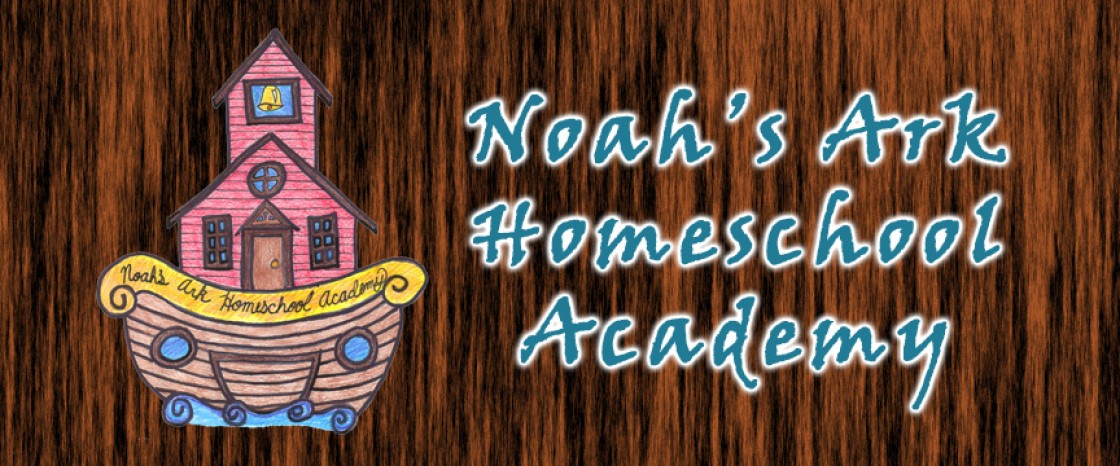I am so excited about this page because I will be featuring our experiments and all the fun things we are doing, along with printables!
BLUBBER GLOVE EXPERIMENT
We did this experiment in conjunction with our Winnie-The-Pooh lapbook and our study on bears. The purpose of this experiment was to learn how blubber protects polar bears from the cold of the icy waters. You could use this experiment in any study about polar animals. This was one of the most fun and simple experiments we have done in a while.
Blubber Glove Experiment Printable
Supply List
* 1 can of Crisco
* 2 quart size press and seal plastic bags
* 1 bowl
* Lots of ice
* Water
* 1 timer

Steps
1. Have the children ask the question “How do polar bears stay warm in the icy waters?” Then have them write down their answers.
2. Set up the experiment. First put a lot of ice in a large mixing bowl, then fill the bowl with cold water, next make the blubber glove by filling one of the bags with Crisco (about 2 cups) and turning the other bag inside out and sticking in down into the Crisco. Seal the two bags together. Make sure the children have something to record their times with, and that you have the timer ready for action!
3. Now it’s time to begin. Let the first Scientist put their bare hand into the icy water and time them to see how long they can keep their hand in without it stinging. Times will vary, my stubborn daughter kept her hand in for 1 min and 24 seconds! That is not what usually happens. Never the less she survived. Take turns doing this until every Scientist has had a turn. It is very important to let everyone try it for themselves to insure that they have a life-like experience.

4. Now have each Scientist take a turn trying it out with the blubber glove on. They will put the glove on and stand their hand up straight in the icy water so that water doesn’t get into the glove. Have them keep their hand in as long as they can, but you might want to make a cut off time because they will be very comfortable. Ask them how the icy water feels now.



5. Have older Scientist record the differences in their time and younger ones recognize they could keep their hand in longer with the blubber glove on.

6. Have the Scientist’s write what they learned and what they think happened.

EXPANDING BALLOON EXPERIMENT
This experiment was also in conjunction with our Winne-The-Pooh lapbook and our study on balloons. The purpose of this experiment was to discover how the combination of vinegar and baking soda causes the balloon to expand. Point out how the balloon is heavier than the air because carbon dioxide is heavier than air, and how cold the balloon is. This experiment would work well for any book that has balloons featured such as Clown of God, Up, or Winne-The-Pooh as we did.
Balloon Experiment Recording Printable
SUPPLY LIST
* A small empty water bottle (or something similar)
* Vinegar
* Baking Soda
* A balloon
* A small funnel (optional)
STEPS
1. Pour 1/4 cup of vinegar into the water bottle
2. Put a funnel down into the balloon and pour 2 TBSP of baking soda into the balloon ( if you don’t have a funnel you can do what we did and stretch the neck of the balloon out enough to pour from spoon)
3. attach the balloon neck to the top of the water bottle without dumping the baking soda into the vinegar
4. Hold the balloon neck onto the water bottle with your fingers to ensure it doesn’t fly off
5. Now hold the balloon up straight to dump the baking soda out of the balloon and into the vinegar

6. Watch the balloon start to expand and notice that the balloon is leaning over because it is heavier than the air surrounding it. Talk about how when you blow a balloon up with helium it’s lighter than air so it stands up or floats. Have your Scientists feel how heavy the balloon is.


7. Feel how cold the balloon has become as it has grown

8. If your Scientists are like mine they will want to find out if the balloon will hit the floor if they toss it in the air. Next they will find it fascinating how hard the balloon hits the floor and they will notice that it doesn’t bounce. It just comes to a thud. They will want to test this several times to make sure the balloon will thud each time.








Pingback: Baking Soda Gas Experiment and Worksheet! | My Crazy Big Life
Hey, super excited to see the happy kiddos 🙂 I created a worksheet PDF to use along with the baking soda and vinegar project I thought I would share, you can find it on my blog 🙂 http://myblog.stillimageimpressions.com/